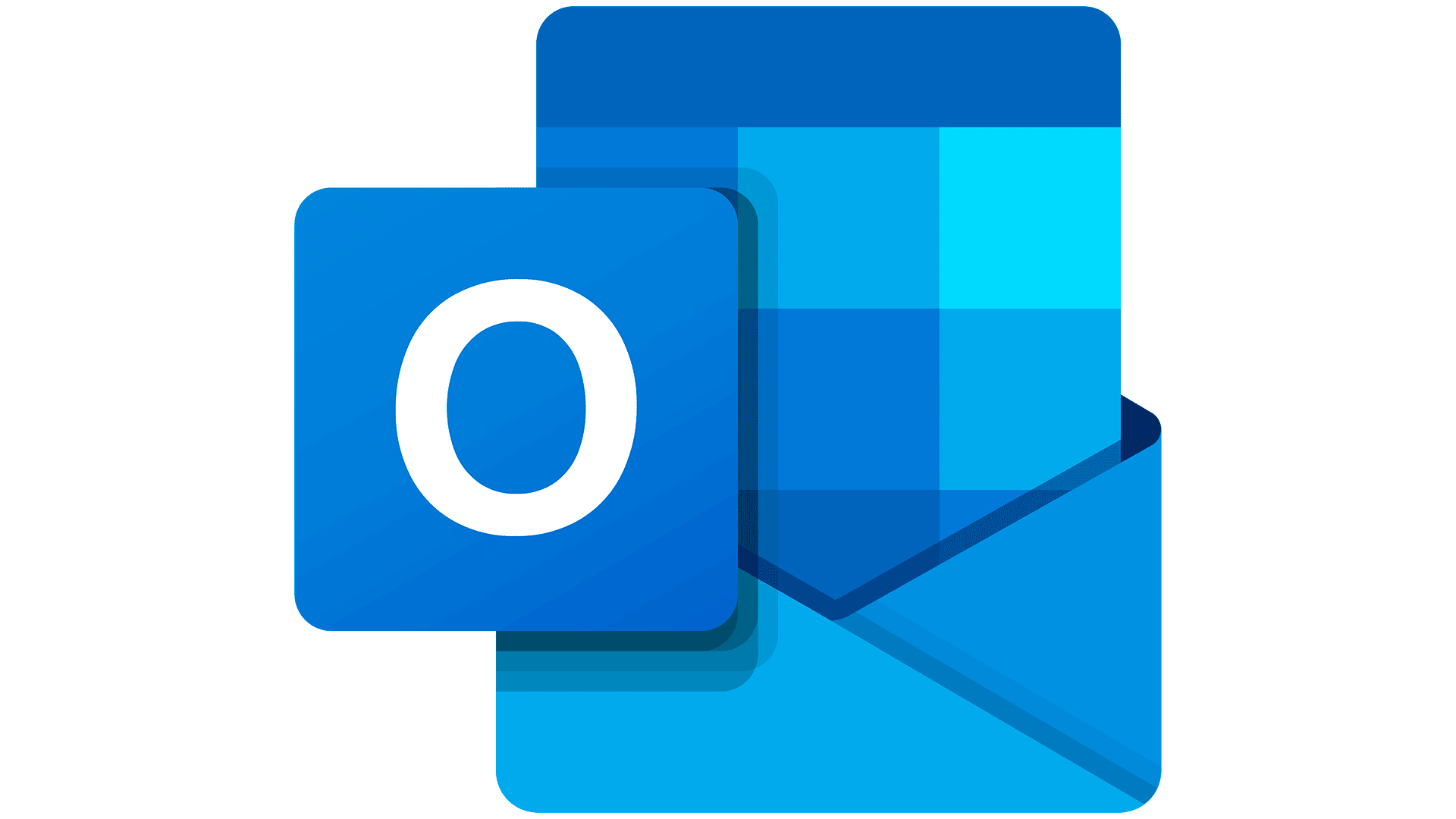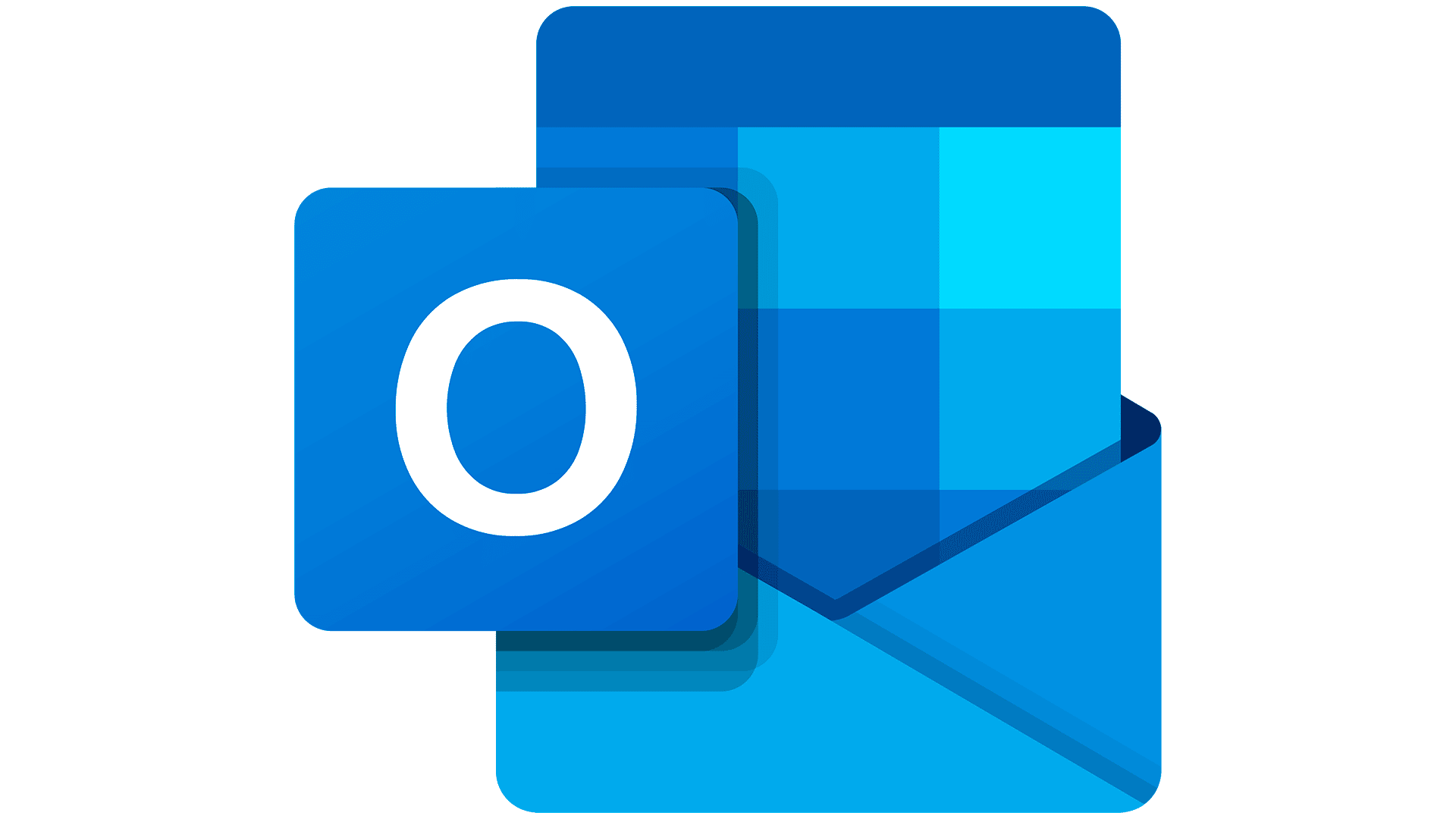Learn to communicate effectively in Outlook or any other email application.
In person or online?
Both in person and online
Level
Medium/Advanced
Prerequisites
Basic knowledge of Outlook
Target audience
Anyone who wants to communicate in an assertive and considerate way by email.
Objectives
The aim of this super-practical, interactive training course is to help participants to improve the structure of their written communications to be clear, concise, persuasive, quick and efficient.
We’ll provide tangible, actionable advice to transform your business communication so that it becomes clearer and more dynamic, creating an impact and leaving a positive impression on the reader.
Detailed programme
- Course introduction and round table
- Communicating via email: when and how
- Self-asse%MCEPASTEBIN%ssment of your own email usage
- Identifying the advantages and disadvantages of using email
- When to write an email and when not to
- Understanding IT etiquette
- Defining your message and saving time writing it
- Devising a concise and well-structured message
- Keeping the purpose of your communication in mind
- Adapting your style to the purpose and recipient of the message
- Understanding good practice that will save you time
- Real-life scenario: choosing the right words based on the purpose of the email
- Turning emails into impactful communication tools
- Choosing a subject line that will capture attention and make the recipient want to read
- Avoiding ambiguity, dense language and inappropriate tone
- Choosing a tagline and an effective conclusion
- Closing emails in a way that leaves a positive impression on the reader
- Advice for being clear, concise, convincing, quick and effective
- Good email presentation
- Understanding email writing conventions
- Paying attention to both style and substance
- Structuring your email to make it more readable
- Proofreading your emails to ensure errors don’t slip through
- Adapting emails to suit different situations
- Adopting a firm yet courteous tone to be assertive without causing offence
- Identifying inadvisable and recommended wordings
- Managing delicate situations: follow-up, objection, opposition, demands, etc.
- Writing specific types of emails, e.g. messages to line managers, sales proposals, etc.
- Some Outlook tips
- Managing templates
- Using QuickParts to save time
Duration
1 day



